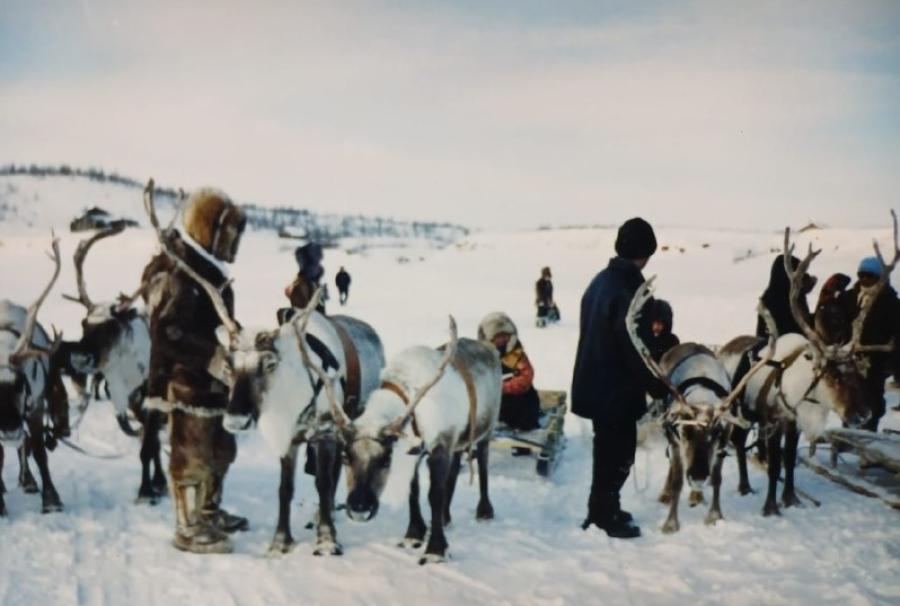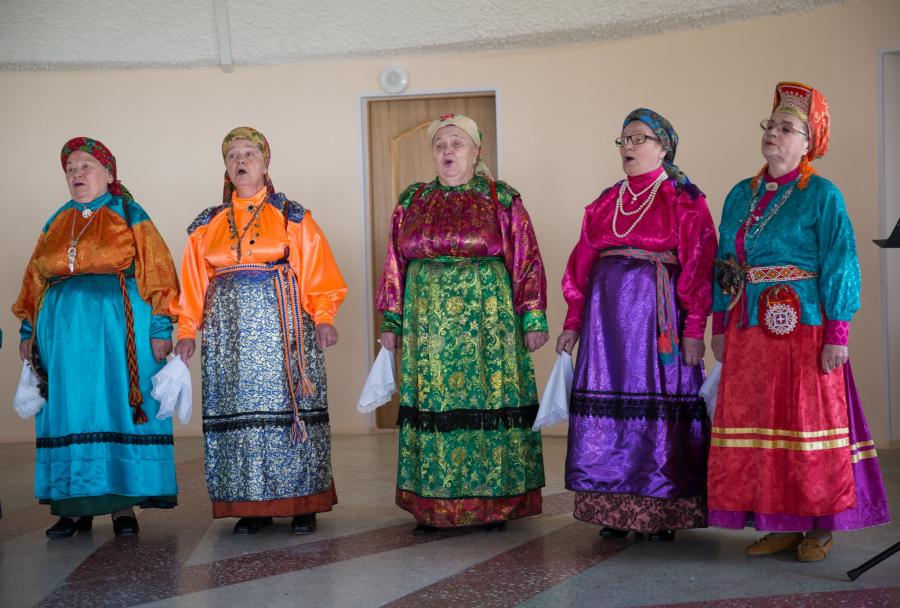From the plains of Buryatia, Siberia, to the runways of Moscow, New York, Milan, and Paris, Siberian Dream drives home the message that indigenous people can live in the modern world while still maintaining their indigenous identities. The film documents the success of Irina Pantaeva, the first Siberian supermodel, as she makes her way from Soviet-era Buryatia to the glossy covers of top fashion magazines. The fall of the Soviet Union and the crumbling economy that ensued from Mikhail Gorbachev's glasnost reforms serve as a backdrop to Pantaeva's personal account of her rise to fame and the people that helped her on her path.
Filmmaker Janet Gardner sheds light on the painful past of indigenous Buryats, nomadic people who were originally members of Chinggis (Ghengis) Khan's empire. Under the atheistic, communist Soviet regime, the Buryats were forbidden from- and persecuted for- speaking their Native language and practicing their shamanistic and Buddhist religions. They were forced to swear loyalty to the Communist party, and teachers in government schools attempted to instill a sense of cultural shame in their Buryat students.
Within this sociopolitical context, Siberian Dream chronicles Pantaeva's career from the days of her youth, when she was admonished for her dream of becoming a fashion model and designer, to the present. The film follows Pantaeva and her son, Ruslan, who currently reside in New York, as they make their annual pilgrimage home to Buryatia to perform a shamanic ritual of thanksgiving and to gain insight into their ancient Buryat-Mongol culture. Academics, local shamans, monks, musicians, and farmers who are struggling to adjust to a capitalist-based economy offer insight on how political changes in Russia have impacted the Buryat community, and share their hopes for revitalizing the ancient culture in the younger generations.
Agnes Portalewska is the membership coordinator at Cultural Survival.



